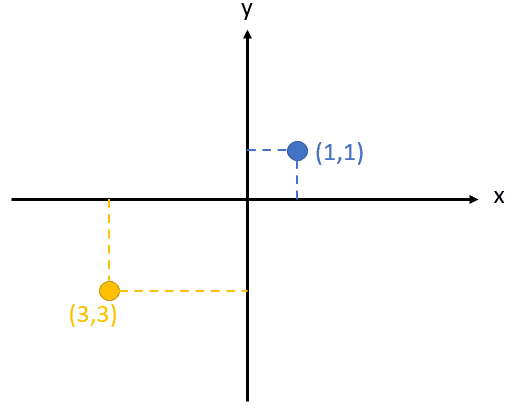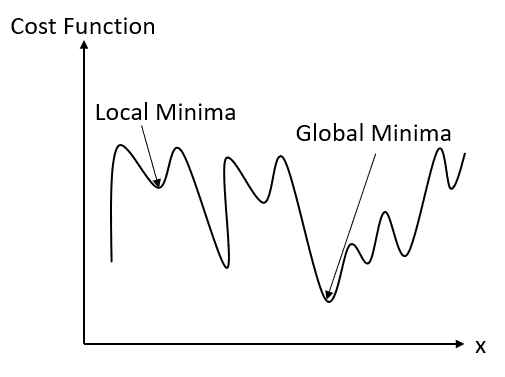6 Math Foundation to Start Learning Machine Learning
Curated from: towardsdatascience.com
Ideas, facts & insights covering these topics:
8 ideas
·12.5K reads
128
2
Explore the World's Best Ideas
Join today and uncover 100+ curated journeys from 50+ topics. Unlock access to our mobile app with extensive features.
Arguments for learning math for machine learning
- Math enables you to select the right machine learning algorithm. It gives insight into how the model works, including selecting the right model parameter and validation strategies.
- Maths helps with creating the right confidence interval and uncertainty measurements with the model.
- Maths is needed to understand aspects such as metrics, training time, model complexity, number of parameters, and number of features.
- By knowing the machine learning model's math, you could develop a customised model.
306
2.71K reads
Math used in machine learning
Machine Learning is a tool that Data scientists use to obtain valuable patterns. Learning the math behind machine learning could give you an edge.
These six math subjects are the foundation for machine learning.
- Linear Algebra
- Analytic Geometry
- Matrix Decomposition
- Vector Calculus
- Probability & Distributions
- Optimisation
387
2.26K reads
Linear Algebra
Linear Algebra in machine learning is a systematic representation of data that computers can understand.
- It is the part of mathematics that uses vector space and matrices to represent linear equations.
- Vectors are special objects that can be added together and multiplied by scalars to produce another object of the same kind.
- A matrix can be thought of as a group of column vectors or row vectors.
297
1.74K reads
Analytic Geometry (Coordinate Geometry)
Analytic geometry is concerned with defining and representing geometrical shapes numerically. It extracts numerical information from the shapes numerical definitions and representations.
Important terms that will help you start learning this subject:
- Distance Function: It is a function that gives numerical information for the distance between the elements of a set.
- Inner Product: This term introduces natural geometrical concepts, such as the length of a vector and the angle or distance between two vectors.
301
1.29K reads
Matrix Decomposition
Matrix decomposition is about how to reduce a matrix into its constituent parts. It tries to simplify complex matrix operations on the decomposed matrix instead of the original matrix.
There are many ways to decompose a matrix using a range of different techniques.
294
1.34K reads
Vector Calculus
Calculus is concerned with a perpetual change that consists of functions and limits. Vector calculus involves the differentiation and integration of the vector fields.
Useful terms:
- Derivative is a function of real numbers that measure the change of the function (output) value concerning a change in its argument (input value)
- Differentiation is the action of calculating a derivative.
- Gradient is another word for derivative and is used for functions with several inputs and one output.
296
1.1K reads
Probability and Distribution
Probability is the study of randomness. Probability distribution is a function that measures the probability of a specific outcome associated with the random variable.
Probability theory and statistics are about different aspects of uncertainty.
- In statistics, we use probability to try and find the underlying process of something that has happened and strive to explain the observations.
- Machine learning is similar to statistics. It makes a model that represents the process that generates the data.
296
968 reads
Optimisation
Training a machine learning model is about finding a good set of parameters. The best value is the minimum value.
- Global minima: The point where a function best values takes the minimum value. When the aim is to minimise the function and solve it using optimisation algorithms, the function could have a minimum value at various points. It is called local minima.
- Unconstrained optimisation is where we see the minimum of a function.
- Constrained optimisation introduces a set of constraints to limit possible value.
299
1.16K reads
IDEAS CURATED BY
Cole Y.'s ideas are part of this journey:
Learn more about problemsolving with this collection
Understanding the importance of decision-making
Identifying biases that affect decision-making
Analyzing the potential outcomes of a decision
Related collections
Similar ideas
4 ideas
Machine Learning by Using Regression Model
becominghuman.ai
7 ideas
The 5 Basic Statistics Concepts Data Scientists Need to Know
towardsdatascience.com
2 ideas
What is Polynomial Regression ?
becominghuman.ai
Read & Learn
20x Faster
without
deepstash
with
deepstash
with
deepstash
Personalized microlearning
—
100+ Learning Journeys
—
Access to 200,000+ ideas
—
Access to the mobile app
—
Unlimited idea saving
—
—
Unlimited history
—
—
Unlimited listening to ideas
—
—
Downloading & offline access
—
—
Supercharge your mind with one idea per day
Enter your email and spend 1 minute every day to learn something new.
I agree to receive email updates



